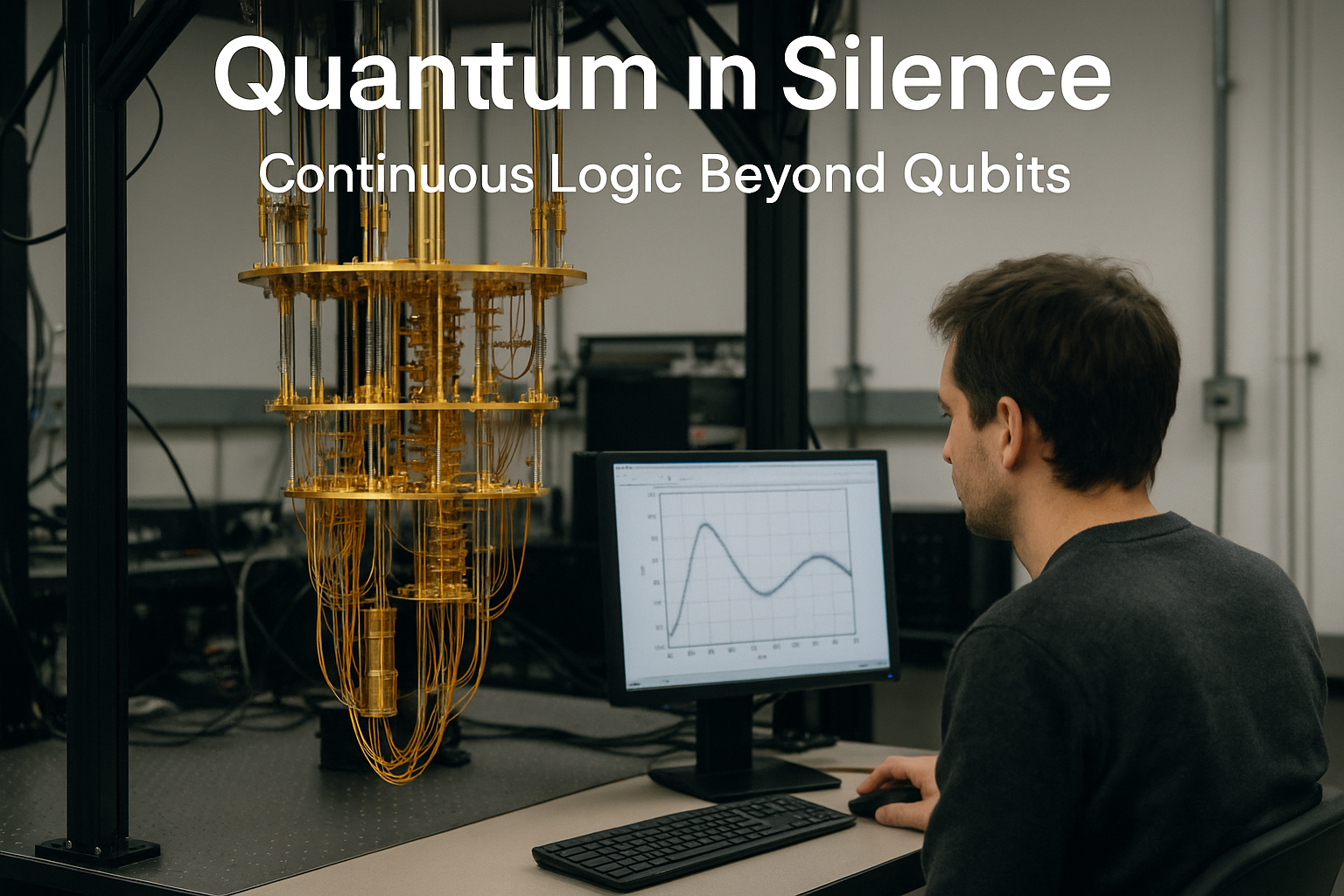Quantum in Silence Continuous Logic Beyond Qubits

Introduction: A Quieter Path to Quantum Power
Amidst the global race for quantum supremacy, dominated by discussions around discrete-variable quantum systems and qubits, a subtler but equally powerful approach is gaining momentum: Continuous Variable Quantum Computing (CVQC). Unlike the binary logic of qubit-based architectures (which rely on two-level systems like spin-up or spin-down), CVQC operates on continuous degrees of freedom—such as the amplitude and phase of electromagnetic fields. This paradigm offers a fundamentally different way to process quantum information.
The Core of CVQC: From Qubits to Quadratures
In CVQC, quantum information is encoded not in discrete 0s and 1s but in continuous variables, typically associated with the quadratures of light modes—position and momentum-like observables of bosonic fields. These observables are manipulated using Hamiltonian dynamics governed by operators like squeezing, displacement, and beam-splitting, all of which are implementable via quantum optics.
This model leverages Gaussian states and operations, which are relatively easy to generate and control experimentally using optical systems. Furthermore, the measurement techniques such as homodyne and heterodyne detection allow for precise readout of these variables, enabling real-time manipulation of quantum states in continuous domains.
Applications and Advantages
CVQC finds its strengths in specific quantum tasks:
-
🔐 Quantum Cryptography: Continuous-variable quantum key distribution (CV-QKD) protocols are already operational in some settings, offering high data rates and robust security under realistic noise conditions.
-
🧪 Quantum Simulation: It provides an efficient platform for simulating complex quantum field dynamics and many-body interactions—especially in photonic systems where scalability remains a challenge in qubit-based systems.
-
💡 Quantum Machine Learning & Data Processing: Optical neural networks based on CVQC models offer compelling approaches to analog quantum computing, leveraging high bandwidths of optical systems.
One of the most promising aspects of CVQC is its hardware accessibility. Since it primarily uses photonics, it can operate at room temperature and avoids the cryogenic constraints of many superconducting qubit systems.
Challenges and Theoretical Depth
Despite its promise, CVQC is not without limitations. One major concern lies in the non-Gaussian operations—crucial for universal quantum computing—which are harder to implement reliably. Moreover, error correction schemes for continuous variables are more complex due to the infinite-dimensional Hilbert space and require innovative code structures such as Gottesman-Kitaev-Preskill (GKP) states.
Nevertheless, advances in optical quantum technologies, integrated photonics, and hybrid systems are slowly bridging these gaps, offering a future where CVQC may complement—or even surpass—qubit-based models in specific applications.
Conclusion: Beyond Qubits, Beyond Noise
Continuous Variable Quantum Computing presents a less noisy, highly scalable, and theoretically rich framework that challenges the binary lens through which we often view quantum mechanics. By embracing continuous logic, we step into a domain where the boundary between classical wave systems and quantum behavior blurs—unlocking new potential for quantum optics, information theory, and the next generation of computing.
